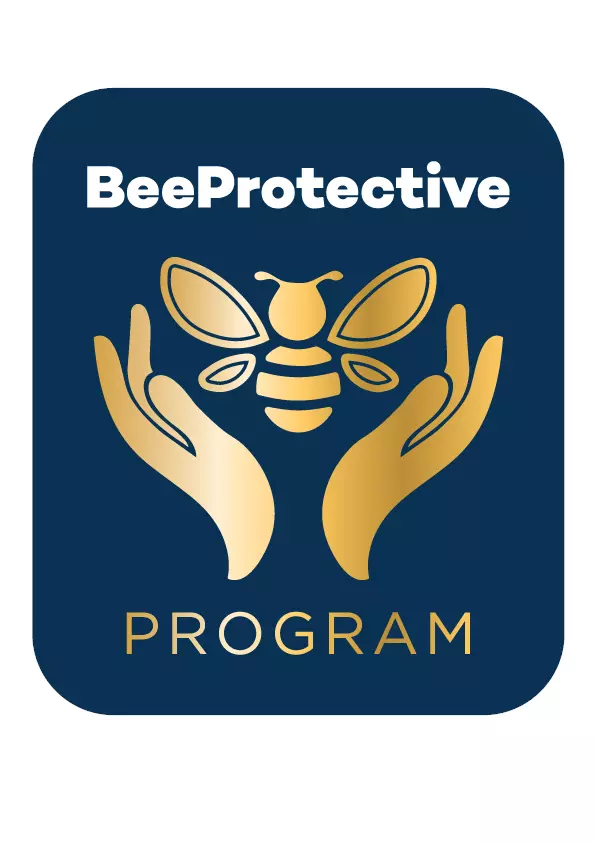MNZ, in recognition of the increasing concerns about the potential impact of long-term exposure to Wi-Fi and wireless network frequencies on honey bees, has taken proactive steps to address these issues. Understanding the crucial role bees play as pollinators and their importance in ecosystems, MNZ is committed to protecting the health and well-being of their bees.
Given the emerging research suggesting that wireless frequencies might affect the homing ability and overall health of bees, MNZ has adopted a strategic approach to hive placement. This involves careful consideration of the location of their wooden beehives, ensuring they are situated a significant distance from radio towers and other sources that emit wireless frequencies.
By positioning hives away from potential sources of Wi-Fi and wireless network emissions, MNZ aims to minimize the exposure of their bees to these frequencies. This careful placement strategy is part of MNZ's broader commitment to sustainable and responsible beekeeping practices. It reflects an understanding of the potential risks associated with long-term exposure to such frequencies, and a dedication to safeguarding the navigational skills, homing ability, and overall health of their bee colonies.

MNZ's decision to place beehives away from radio towers and sources of wireless frequencies is a crucial aspect of their commitment to bee protection and health. This strategy is rooted in an understanding of the need to provide an optimal and natural environment for their bees, free from the disruptions of human-made electromagnetic radiation. By selecting hive locations distant from these sources, MNZ actively works to minimize interference with the bees' sensitive navigational systems, which are essential for their foraging, pollen collection, and successful return to the hive.
This proactive approach in reducing exposure to wireless frequencies underscores MNZ's dedication to the well-being of their bees. The organization recognizes the potential risks of long-term irradiation and the importance of preserving the natural instincts and behaviors of bee colonies. In doing so, MNZ aims to support the bees' homing abilities, contributing to their efficient pollination efforts and overall vitality.
In an era dominated by wireless technologies, MNZ's efforts to minimize bees' exposure to these frequencies reflect a forward-thinking approach to beekeeping. By prioritizing the creation of a safe and optimal environment for their bees, MNZ promotes their health and sustainability. This approach also extends to avoiding proximity to radio towers and other frequency-emitting sources, actively protecting the bees from potential long-term effects and allowing them to thrive in their natural habitat.
Moreover, MNZ's commitment to bee health is comprehensive, encompassing not only their hive placement strategy but also their Bee Protection & Health Program, stringent quality control processes, and adherence to government regulations. Their focus on producing high-quality, raw, unfiltered, unpasteurized monofloral manuka honey ensures the purity of their products while safeguarding the well-being of their bees.
MNZ's initiatives serve as an exemplary model for other beekeeping organizations, highlighting the importance of considering the impact of modern technologies on ecosystems and the vital role of pollinators. Their steadfast commitment to bee health is a significant contribution to preserving the well-being of bees and the sustainability of our natural environment.


